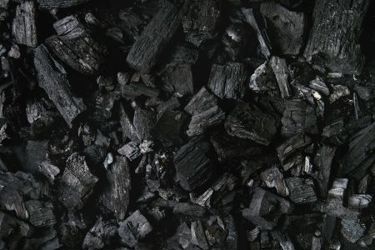Calgon Carbon's Latest Proprietary Reactivation Process Study On Custom Municipal Reactivation Further Demonstrates PFAS Removal And Destruction Expertise

Thermal reactivation of spent granular activated carbon (GAC) is a viable and proven method for destroying per- and polyfluoroalkyl substances (PFAS), offering a sustainable way to break the cycle of these "forever chemicals". Independent, full-scale trials demonstrated that this process achieves a destruction removal efficiency (DRE) of >99.9% for overall PFAS, with even higher DRE values for compounds like PFOA and PFOS (>99.99%). Crucially, testing confirmed that no residual PFAS were detected on the reactivated carbon, and the process restored the GAC to a high level of performance.
The study, which used real-world conditions and updated EPA testing protocols, also showed non-detect results for emissions of products of incomplete combustion and destruction (PICs/PIDs) at the kiln and stack outlets. This evidence supports GAC reactivation as an effective PFAS destruction technology that not only removes contaminants but also reduces waste and lowers CO2 emissions compared to producing virgin carbon.
Learn more about the methodology and detailed findings by accessing the full, peer-reviewed study.
Get unlimited access to:
Enter your credentials below to log in. Not yet a member of Water Online? Subscribe today.
